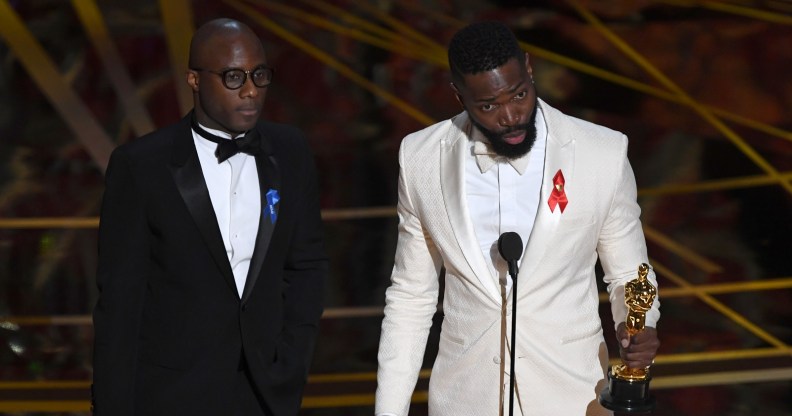Hollywood fails LGBT people, new report shows

LGBT people are still underrepresented in big Hollywood blockbusters.
GLAAD, an LGBT media advocacy organisation, has released its fifth annual Studio Responsibility Index, which records the number of LGBT people featuring in films released by the seven biggest motion picture studios.
In 2016, just 23 films out of the 125 considered included characters who identified as LGBT, representing only 18.4 per cent.
The report states that LGBT people are “nearly invisible or outdated punchlines in big Hollywood movies”.

GLAAD chief executive Sarah Kate Ellis said: “With many of the most popular TV shows proudly including LGBTQ characters and stories, the time has come for the film industry to step up and show the full diversity of the world that movie audiences are living in today”.
Gay men were the most represented category, featuring in 83 per cent of LGBT-inclusive films.
Lesbian portrayals rose to 35 per cent.
However, in all these films only one transgender character was featured – the same as in 2015.
A slight improvement was registered with films like Beauty and the Beast, which included a gay character in the shape of Le Fou.
The Disney re-adaptation was nearly censored in Malaysia because of the inclusion, also attracting a higher age rating in Russia.
The other surprise this year came when Moonlight became the first LGBT film to win an Oscar for Best Picture.

Ellis said: “Films like Moonlight prove there is a huge opportunity to not only tell LGBTQ stories worthy of Oscar gold, but to open the hearts and minds of audiences here and around the world in places where these stories can be a lifeline to the people who need it most.”
GLAAD rates the studios on a grade-based system. No studio has ever received the top grade of ‘Excellent’.
This year, the majority of them received either ‘Poor’ or ‘Failing’ for their LGBT inclusion.
Universal Pictures got the best grade – a pretty unimpressive ‘insufficient’.
The report found that LGBT racial diversity in films has kept falling, with only 20 per cent of LGBT characters being people of colour.
Just two years ago, that same group accounted for the 32 per cent.
Further problems were identified in the fact that many LGBT characters included in films were represented in a comically outdated way.
The report showed that Hollywood is far behind TV, where the inclusion of well-rounded LGBT characters is now at its highest rate ever.
PinkNews readers also think there are not enough LGBT characters around.

